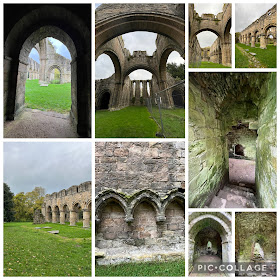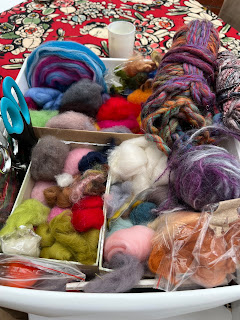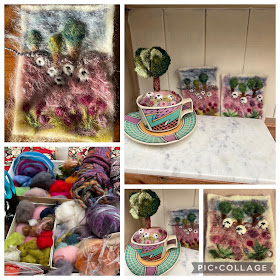A recent newspaper article debunked the myths of many pubs nationally claiming great age to them.
Our county town of Shrewsbury was used to film Charles Dicken's A Christmas Carol in 1984 & has several pubs / inns with the age noted (as is common) and the Henry Tudor Inn gets a mention. I walk past it often on my trips so read the note with interest.
The article (from a book) says that the claim on the front of the Henry Tudor Inn that it was established i 1429 is actually true. The timbers have been carbon-dated to 1426 - how fascinating is that to have been serving drinks for 600 years.
THE CLAIM – DATES BACK TO 1429
Owner Joule’s Brewery claims that the pub has ‘carbon-dated origins from 1429’.
IS IT TRUE? Yes it is.
James writes: ‘The front range of the property has been tree-ring dated to 1430-31 and was probably built as a mixed-purpose commercial enterprise – including a brewhouse and taproom - for the Shrewsbury MP Hugh Wygan.
‘The southern range, where the present bar is located, has a slightly earlier felling date of 1426.’
I have not been in the pub but I might be tempted on my next visit to pop in.
The Henry Tudor Inn is next door to The Lion Hotel which is famous for its connection to Charles Darwin. Its website shares this info
“For most travellers, The Lion Hotel is the end of their journey as they arrive in Shrewsbury for a short break to explore this historic town. However, for one intrepid traveller, The Lion Hotel was the start of an epic adventure. Twenty-two-year-old Charles Darwin departed the hotel in haste on Monday, September 5, 1831, by stagecoach to London on his way to join HMS Beagle for a five-year trip, which would end with him writing his controversial book on evolution, The Origin of Species”. – John Butterworth, ‘Four Centuries at The Lion Hotel, Shrewsbury’.
What fascinating times these must have been. This guide mentions some of Shrewsbury's old pubs
Just over the road from the above two Inns is The Nag's Head , a 14th Century Historic Pub
The Nag's Head
One of Shrewsbury's best-known pubs, The Nags Head dates back to the 16th century. Whilst the building is a classic Tudor timber frame, the front is now hidden behind a stucco facade. The unique side-opening sash windows that grace the front elevation are sandwiched between carved beams, considered to be the finest examples of Tudor carving in Shrewsbury.
Attached to the rear of the pub are the remains of Nags Head House, which dates back to the late medieval period. This structure was moved here in the 1950s.
Some may recognise Nags Head House from A Christmas Carol (1984) which was filmed here in Shrewsbury. It is, according to Scrooge, the “foulest part of the town” and is where the ghost of Christmas Future brings him to watch as his belongings are sold.
I have not visited The Nag's Head either.
Higher up in town there is The Loggerheads circa 1665, used as a pub from 1780.
I hope you have found this as interesting as I have, our county town, nestled in the loop of the Severn River is always interesting.
Thank you for stopping by & taking the time to share or comment; it is appreciated.
Dee 🏯🏨🍂
































